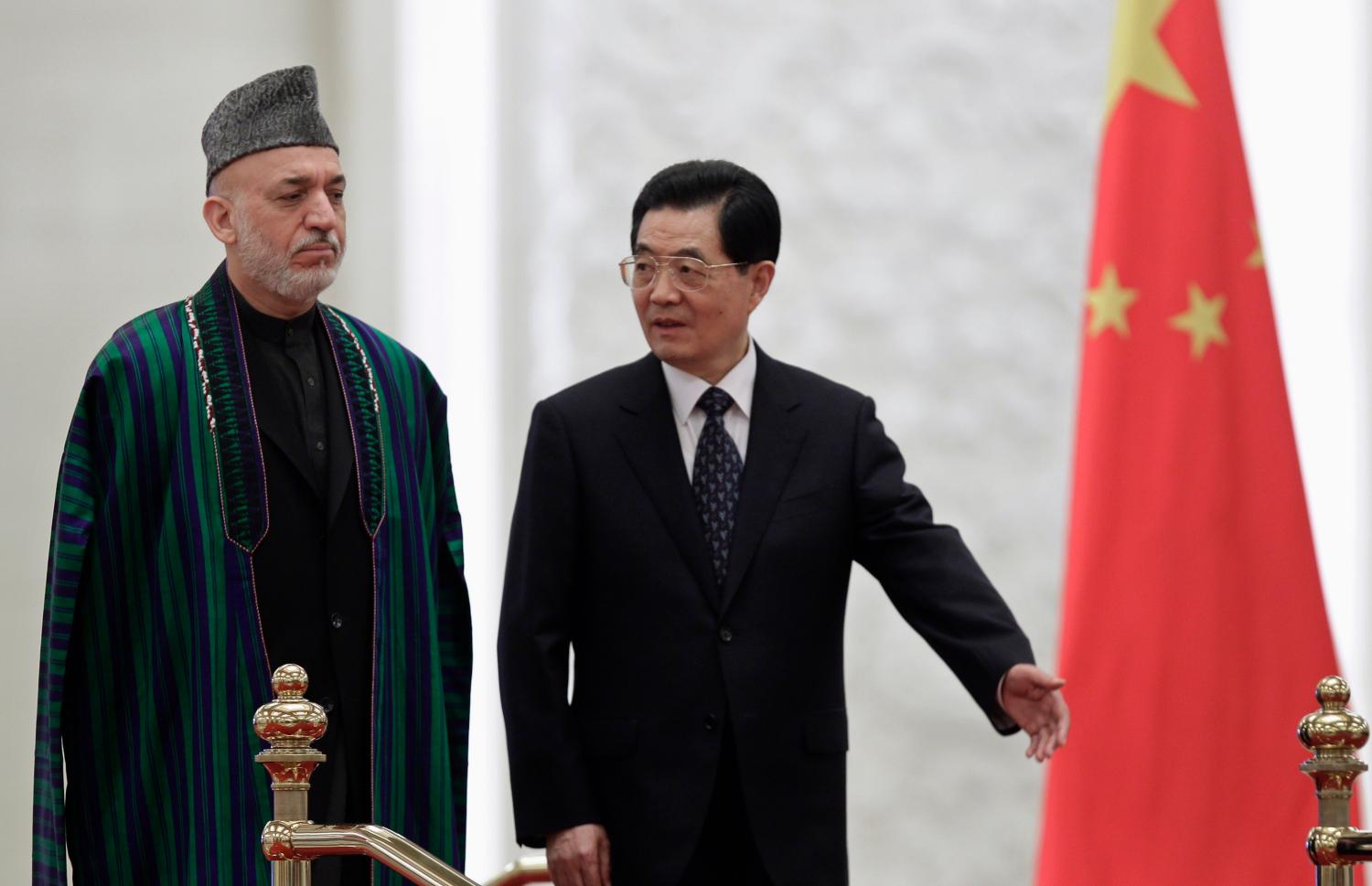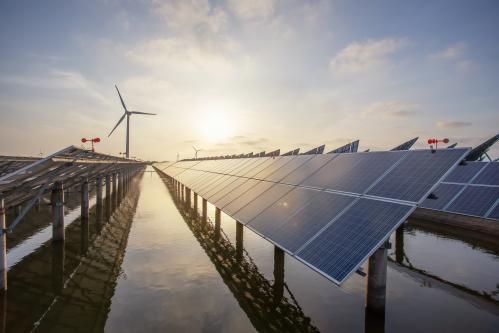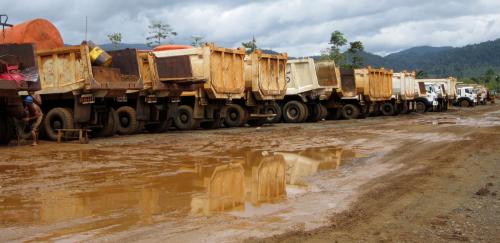Editor’s Note: This paper first appeared in the SAIS Review, Volume XXXII, No. 2 (Summer-Fall 2012), pages 65-84.
This article examines three elements of the popular narrative of China’s involvement in the development of Afghanistan’s vast natural resource wealth. It argues that Chinese companies invested in Afghanistan’s minerals and energy in the pursuit of their own corporate interests rather than at the direction of a Chinese government concerned about resource security. To be sure, the Chinese firms did have a leg up on their Western competitors by virtue of their state ownership. However, the infrastructure packages they offered as part of their bids are consistent with a shift in the global mining industry away from enclave private sector developments and towards leveraging mineral development to benefit the broader economy, which is being driven largely by Chinese companies. Finally, while it is fair to say that China is free-riding on the U.S.-led stabilization efforts in Afghanistan because Chinese companies are benefitting from a public good to which China has not contributed, the mining and energy investments made by Chinese companies could well end up advancing U.S. goals.
Many discussions of China’s involvement in Afghanistan begin with the investments made by Chinese firms to extract Afghanistan’s vast mineral wealth, which is valued at about $1 trillion by the United States Geological Survey and $3 trillion by Afghanistan’s Minister of Mines.1 In 2007, Metallurgical Corporation of China (MCC) and Jiangxi Copper Corporation (JCCL) agreed to make the single largest foreign investment in Afghanistan to date—$4.4 billion—when they won a tender to develop what geologists believe is the world’s second largest undeveloped copper deposit at Aynak in Logar Province, 35 kilometers southeast of Kabul.2 In 2011, China National Petroleum Corporation (CNPC) and its Afghan partner, Watan Oil & Gas, secured the rights to three oil blocks in the provinces of Sari-i-Pul and Faryab in northwestern Afghanistan, which CNPC expects to
invest $400 million initially to develop.
These investments gave rise to the contention that China is free-riding on the U.S.-led efforts to stabilize Afghanistan to lock down natural resources needed to fuel China’s continued economic development. Specifically, critics argue that China is benefiting from a public good provided by the United States and its partners in Afghanistan—security—to which it has not contributed. China has not offered any troops, equipment, or funds to the International Security Assistance Force (ISAF) in Afghanistan. Yet, ISAF has made Afghanistan safe for Chinese investment. China’s state-owned energy and mining companies won Afghanistan’s first major mineral and energy tenders. Moreover, they did so by offering generous terms, including infrastructure development packages, which their Western competitors were unable to match. To add insult to injury, as the narrative goes, U.S. troops are indirectly providing security for the Chinese companies by patrolling the areas in which they operate.




